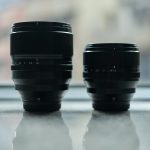[Updated July 25, 2023 with lab test chart results]
This is the lens a lot of us have been waiting a long time for. The original XF56 F1.2 R (XF56) is an exceptional lens that’s bright and sharp with a small and light footprint, beautiful and dreamy rendering, and unfortunately, also clumsy and loud autofocus.
The new 56MM F1.2 (XF56 Mk2) brings some great improvements to the table. It focuses much closer at 50CM (vs. 70CM), is even sharper wide open than its predecessor and has less aberrations. However, the one thing we all wanted has not seen as much of an improvement: Autofocus performance.

I can’t fathom why Fujifilm does certain things (for example, why does every Fujifilm camera body have a different button placement?) and this is one of them. Fujifilm went with a slow DC autofocus technology in the XF56 Mk2, rather than the much faster linear motors (LM) used in their other second generation lenses (XF23 F1.4 MK2, XF33 F1.4 and XF18 F1.4).
I’m sure there’s a technical reason for it, perhaps related to patents or licensing fees they don’t want to pay or size constraints they were working with. I’ve heard many times that the large aperture lenses need more glass to be moved around and so Fujifilm uses these slower motors for them as a technical requirement.
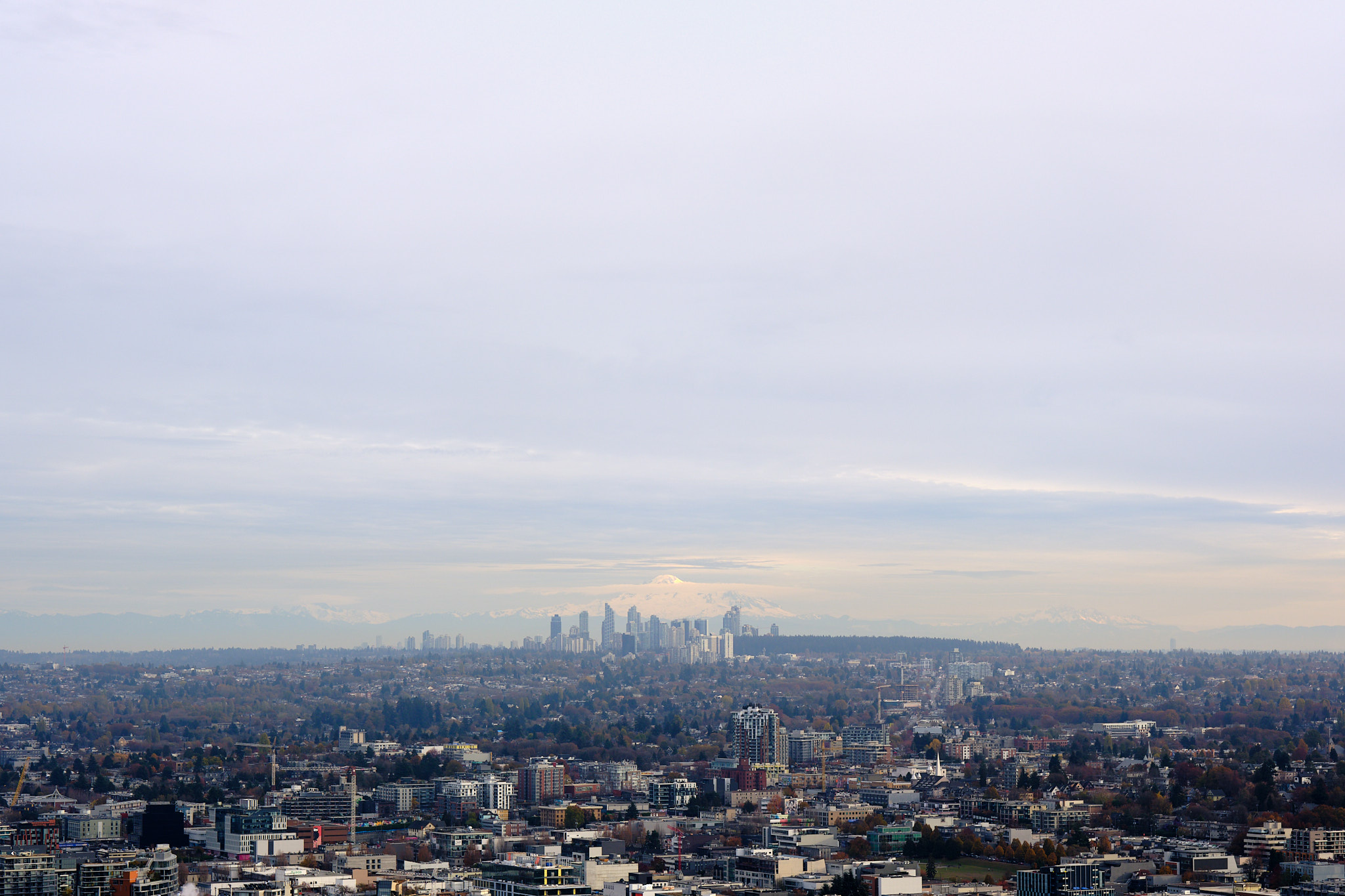
With several Sony and Sigma lenses in my household, I’ve experienced small, wide aperture lenses with incredibly fast autofocus, while keeping image quality at the highest levels. I wish someone close to Fujifilm would get us an answer on why DC motors are chosen for these lenses.
On the GF80, I can understand the compromise because the GF110 is so close and does have LM, however I just can’t wrap my head around why they didn’t do it on the new XF56 Mk2. The XF90 LM is a totally different field of view so it couldn’t be a case of overlap and product segmentation.

I’ve had this lens for some time now but was hesitant to write a review because of a technical fault between the XF56 Mk2 and my Fujifilm X-T4. I was able to confirm this fault with another X-T4 and was waiting to determine if it was my lens or something software/firmware related.
Upon receiving my new Silver X-T5, I was able to confirm that the issue does not exist with the XF56 Mk2 and X-T5 combination; therefore, I deduce it’s a software/firmware issue between the XF56 Mk2 and the X-T4; I’ve made Fujifilm aware of the issue and offered to provide them the steps necessary to experience the apparent bug.


This review is written from the perspective of a travel photography enthusiast. I’m not a portrait photographer, but I did test the lens by taking images of family and friends, given that it’s marketed as the “perfect portrait lens”.
Before I share my thoughts, the usual disclaimer. This lens was purchased at full retail price from Tin Cheung Camera in Hong Kong (Authorized Fujifilm retailer), and I receive no compensation or benefits in writing this review; furthermore, nobody approves or reads this review before it’s published. All opinions expressed here are mine and mine alone.
I appreciate that autofocus performance is the most important improvement people wanted to see so I’ll start with that as we deep dive into this new lens.
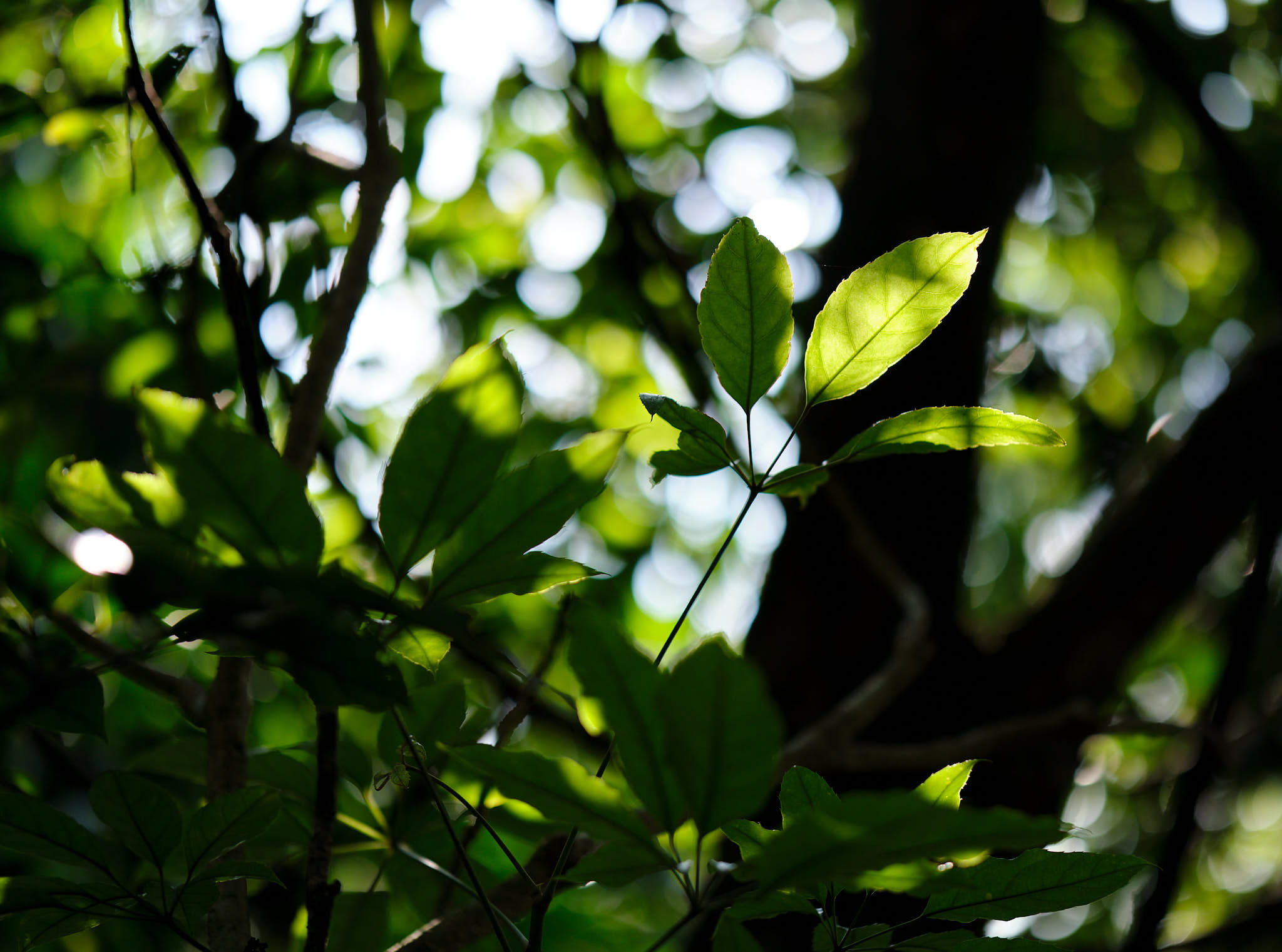
Focus Performance
Much to my disappointment, and I’m sure thousands of Fujifans, the focus performance is not noticeably faster than the old lens. However, there have been two improvements:
- The AF is smoother with less of the stepping effect of the previous lens.
- The AF is quieter than the previous lens, but still not as quiet as the LM lenses; the camera microphone easily picks up the lens moving back and forth with video recording
If you’ve handled the XF50 F1 lens before, you’ll have a very good idea of how the XF56 Mk2 lens focuses. It appears that Fujifilm leveraged the research and development from the XF50 (and also GF80) to make the new XF56 Mk2. The autofocus motor feels and sounds the same across the three lenses.


Avid readers will know that the GF80 is one of my favourite lenses. Even though it focuses slowly, it has somehow managed to capture some of the most magical images of family members and friends. It’s just not a good lens for unpredictable or moving subjects.
I feel the XF56 Mk2 is the same. The images are so beautiful that you’ll soon forgive Fujifilm for the autofocus speed issues. That’s until you pick up a friend’s Sony A7R5, mated to the incredible GM 50MM F1.2 lens.

That’s when you’ll feel frustrated that Fujifilm can’t do on a smaller sensor and lens, what Sony is able to do with their full frame beasts. I have this fantasy that one day Fujifilm will unlock the speed of these DC motor lenses through more powerful camera hardware.
However, we don’t need to wait for that future, because in 2022, we can point the Sony GM 50MM F1.2 at any human or animal nearby and it will achieve focus on the eye with near 100% reliability, thanks to the combination of Sony’s incredible AF and their lenses’ ability to keep up with the camera.


Even with my newly acquired X-T5, the XF56 Mk2 can’t keep up with what the camera is trying to do. My hit rate in similar situations is in the 60-70% range and that’s with a pretty willing model. Granted, it’s still a big improvement over the X-T4 and previous XF56, but not up to 2020 standards, let alone 2022.
I haven’t been able to devise a repeatable test that can measure responsiveness of the lens, which is critical for situations where the camera is tracking a moving subject, however it’s relatively easy to measure how long it takes for the lens to go from minimum focus distance to infinity. This provides insight into the lens’ ability to initially acquire focus.
| Lens | MFD to Infinity (s) | Range | Std Dev |
|---|---|---|---|
| XF16 F1.4 R WR | 0.396 | 0.299 to 0.453 | 0.064 |
| XF33 F1.4 R WR LM | 0.269 | 0.166 to 0.358 | 0.086 |
| XF50 F1 R WR | 0.850 | 0.713 to 0.935 | 0.087 |
| XF56 F1.2 R WR | 0.832 | 0.680 to 1.091 | 0.178 |
In summary, Fujifilm didn’t hit the mark on improvement to autofocus performance that many of us were looking for. The improvements in smoothness and less noise are appreciated, but the speed is still too slow. I may consider picking up the XF90MM to see how well it does with the X-T5, or I may even consider giving up on Fujifilm APSC and move over to Sony Full Frame.
Build Quality
Like all Fujinon XF lenses, the build quality is superb and feels like it will last a lifetime. This lens especially, with its stubby and fat size, feels like a little gem of a lens. It reminds me of a Leica Noctlux in how it feels in hand. Fujifilm should bring out a cool retro metal lens hood to complete the high end look and feel.

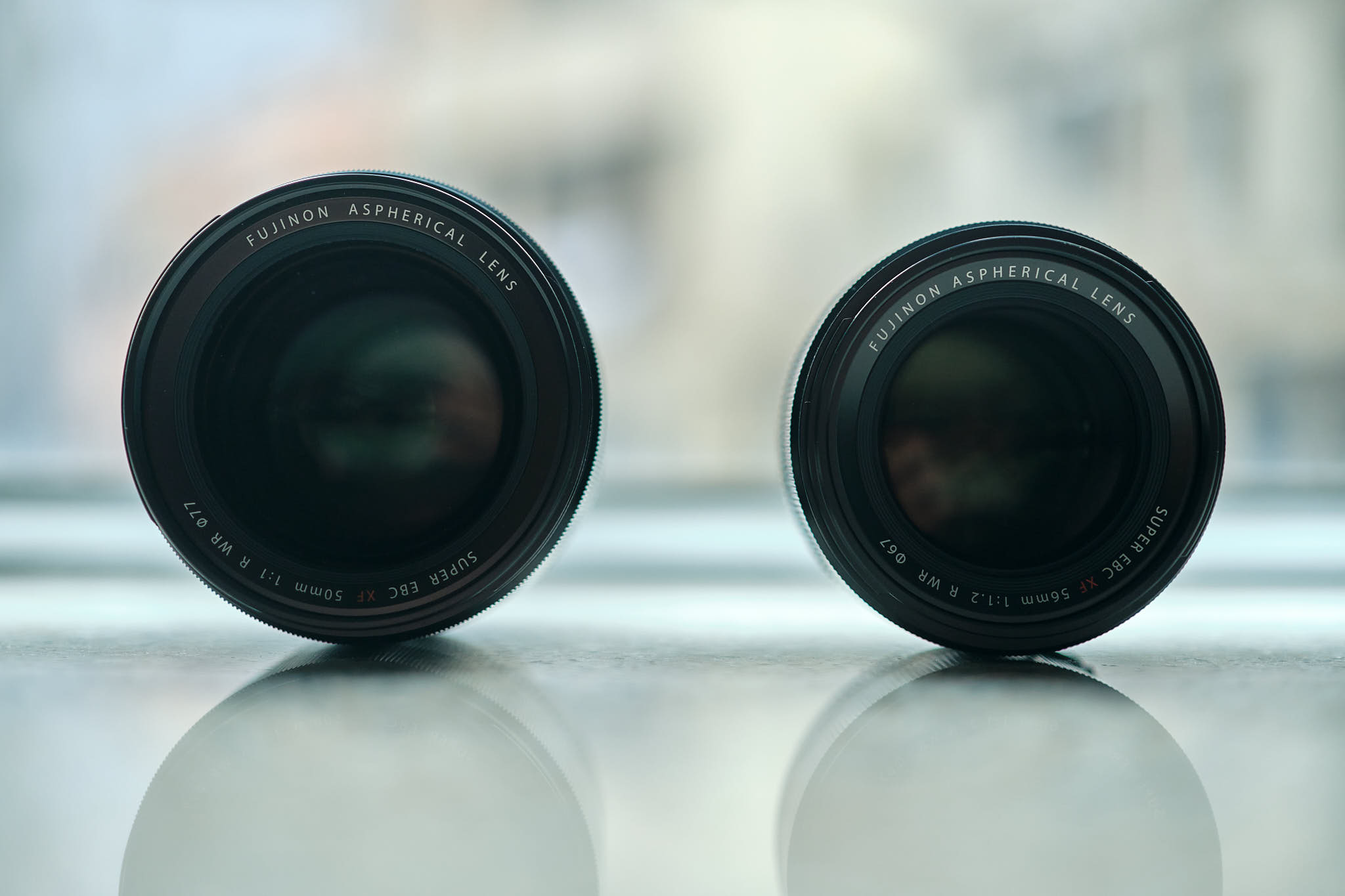
The new generation of XF lenses finally have consistency to the aperture ring click. Gone are the days of some feeling like the ball bearings are coated in rubber (XF35 F2) or too loose (XF16). Fujifilm have got the balance just right. Easy to turn with a finger, but not so easy that it changes in your bag.
I love the all metal construction of the XF lenses compared to the hybrid rubber/metal of the GF lenses. There’s also weather sealing, which is a big positive change compared to the old XF56. My experience with Fujifilm lens weather resistance has been positive, with both cameras and lenses surviving under torrential conditions.
Size & Weight
When Fujifilm introduced the humungous 50MM F1, I was concerned that the eventual new 56MM was also going to be a chunky affair. I’m happy to share that the XF56 Mk2 is a wonderful compromise of size and weight. It’s a stubby and fat lens, but works perfectly on the X-T bodies.
This ideal compromise may also be the reason why the lens doesn’t have Linear Motors. Perhaps it would have made the lens even more fat and or heavier, and that perhaps would have turned off a number of buyers. Having said that, I wonder if they could have gone for F1.4 and Linear Motors.

Contrast, Resolution & Bokeh
From wide open through to F8, the lens is superbly sharp. Even in the corners at F1.2, the lens has excellent ability to resolve fine details. My copy seems to be sharpest between F2 and F4, but it’s excellent even at F1.2. The following test charts are provided at 100% and also 200% magnification to make the differences more apparent.
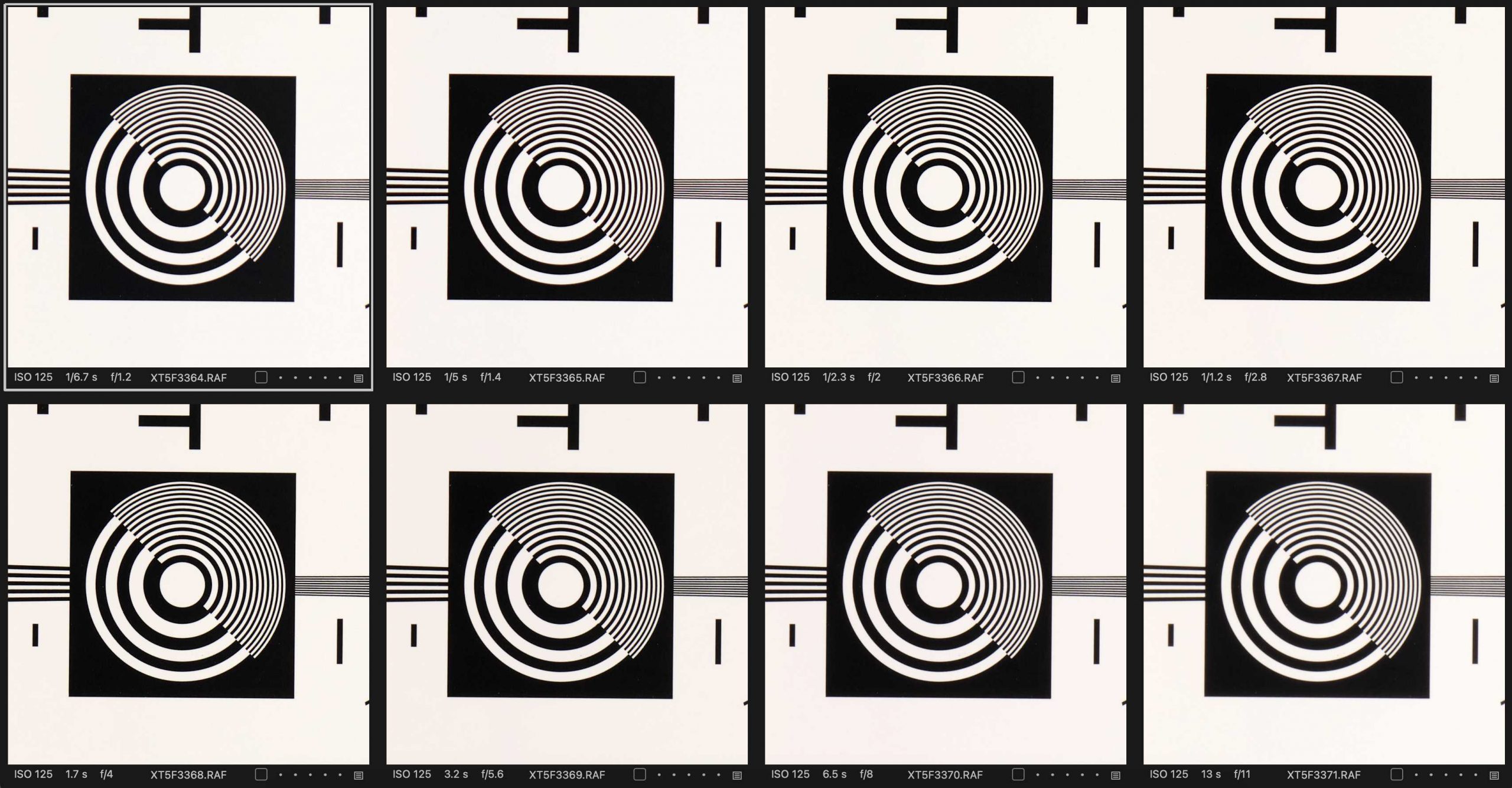
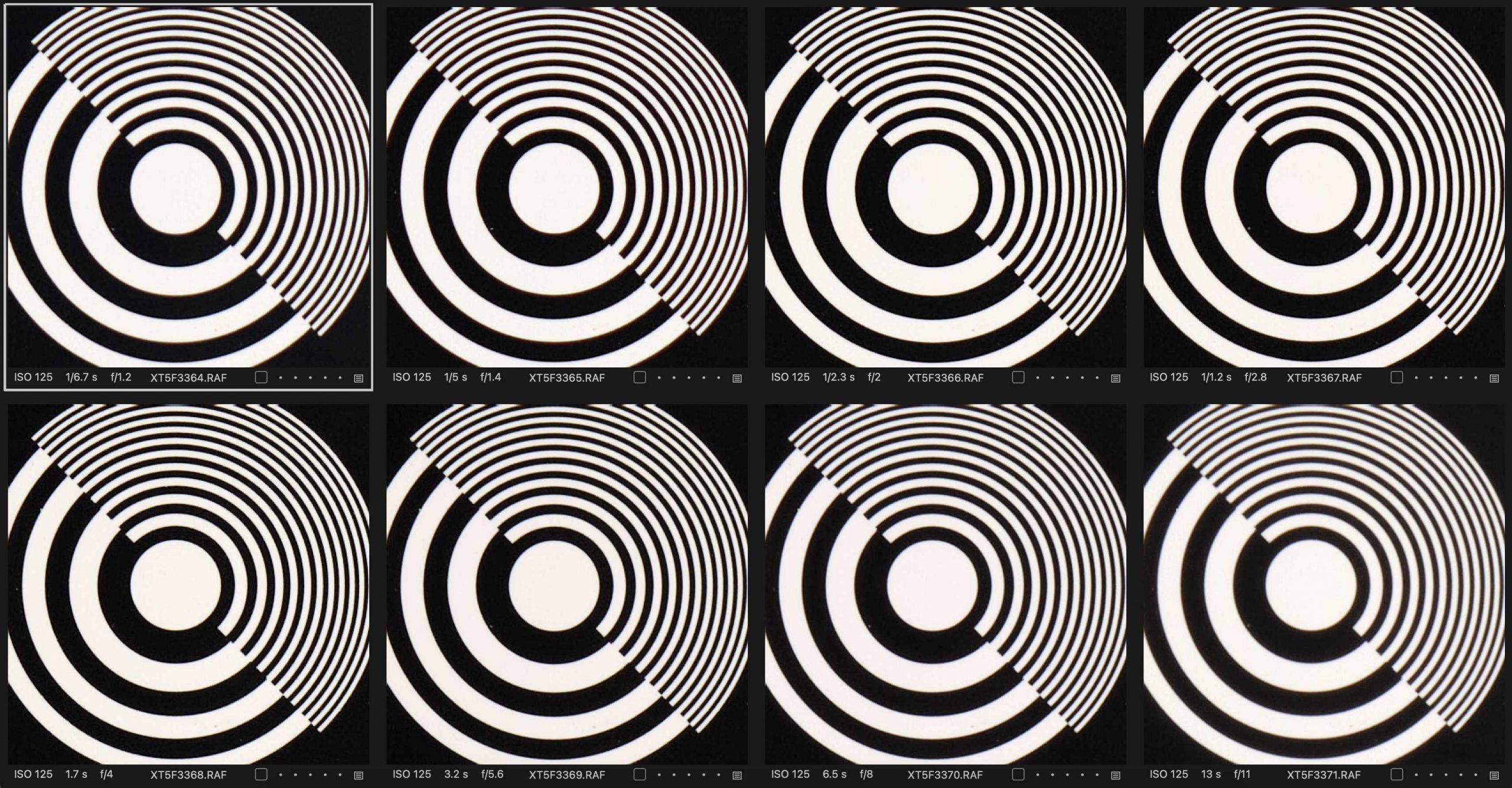
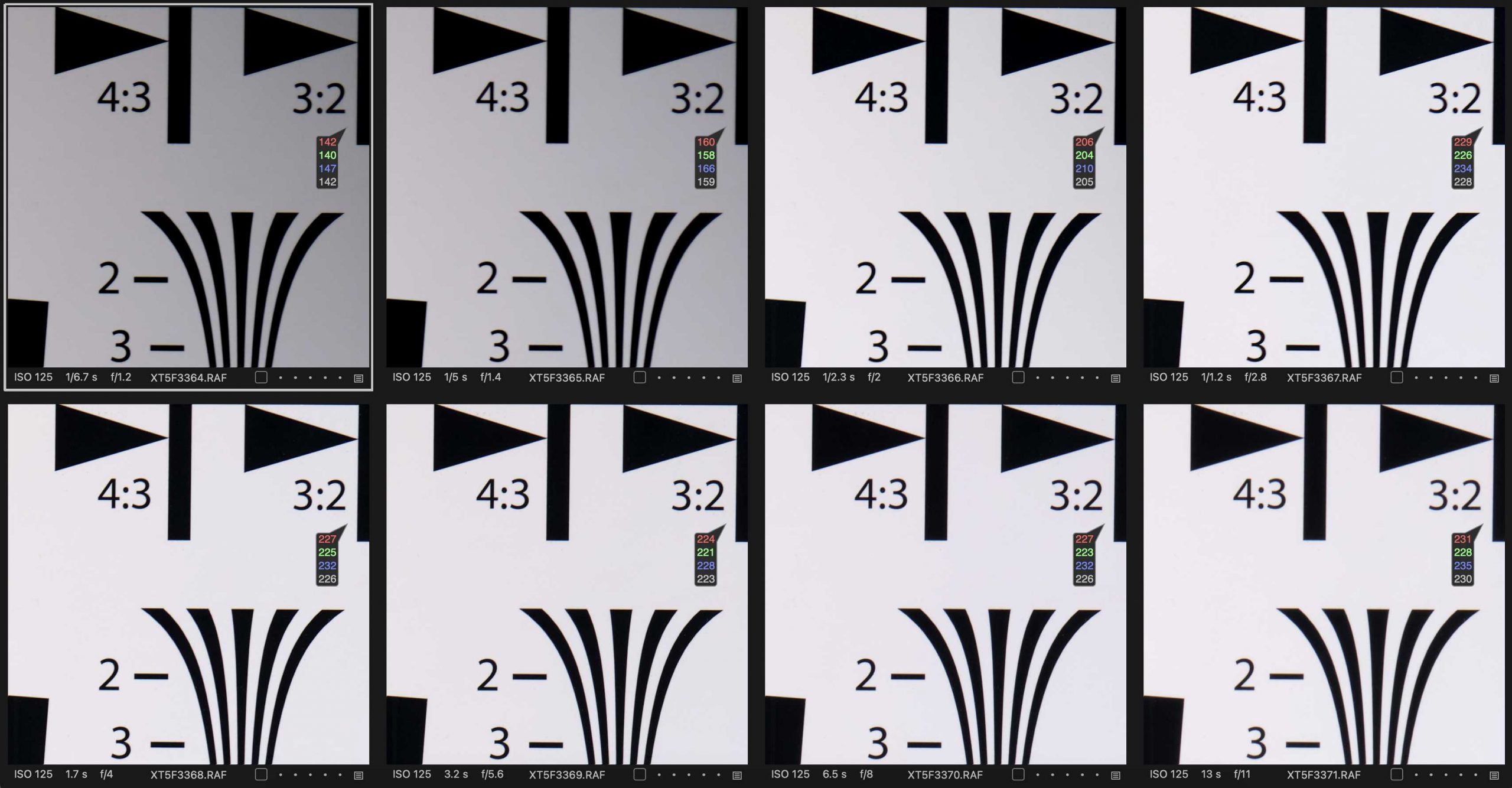
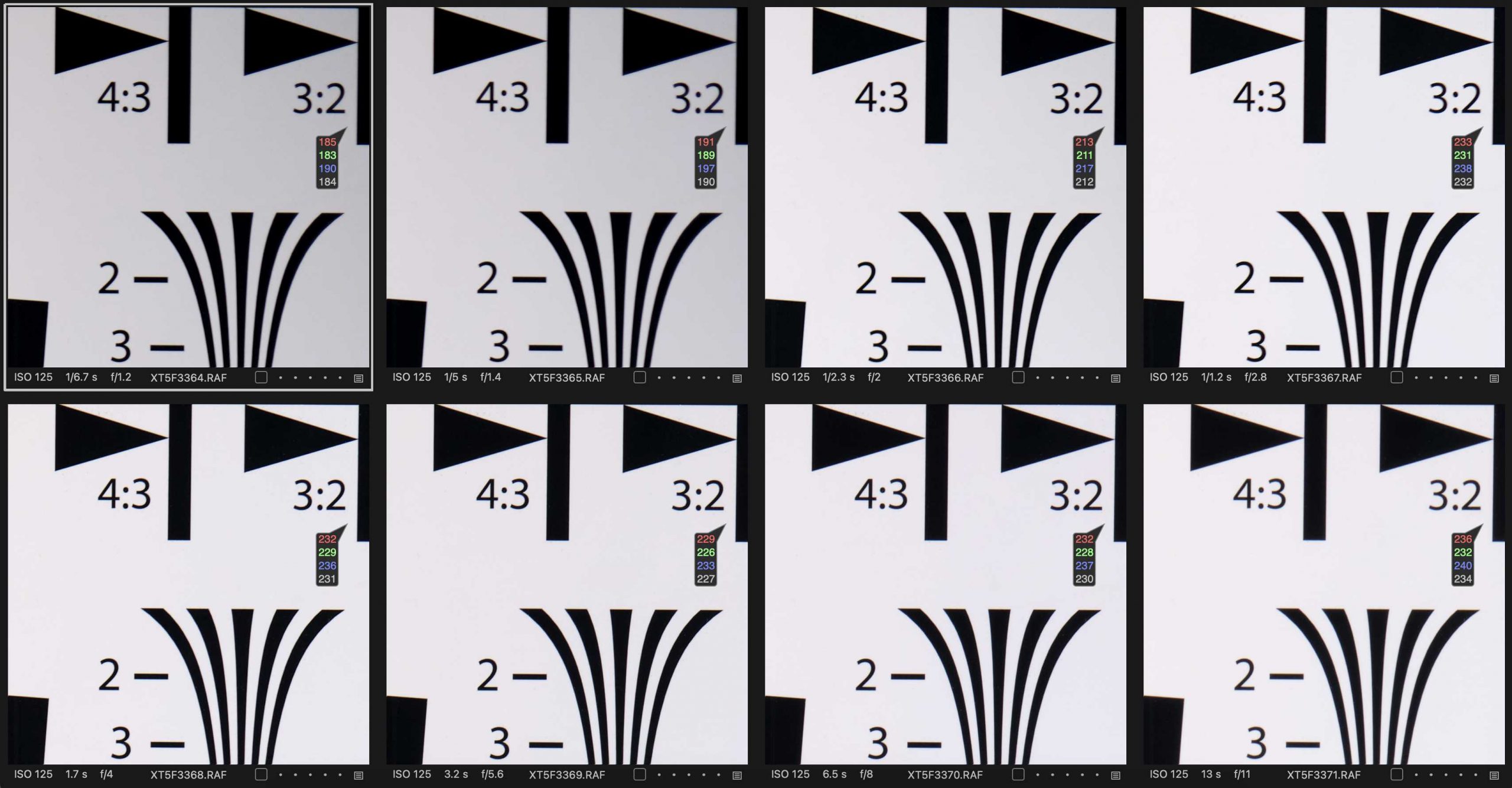
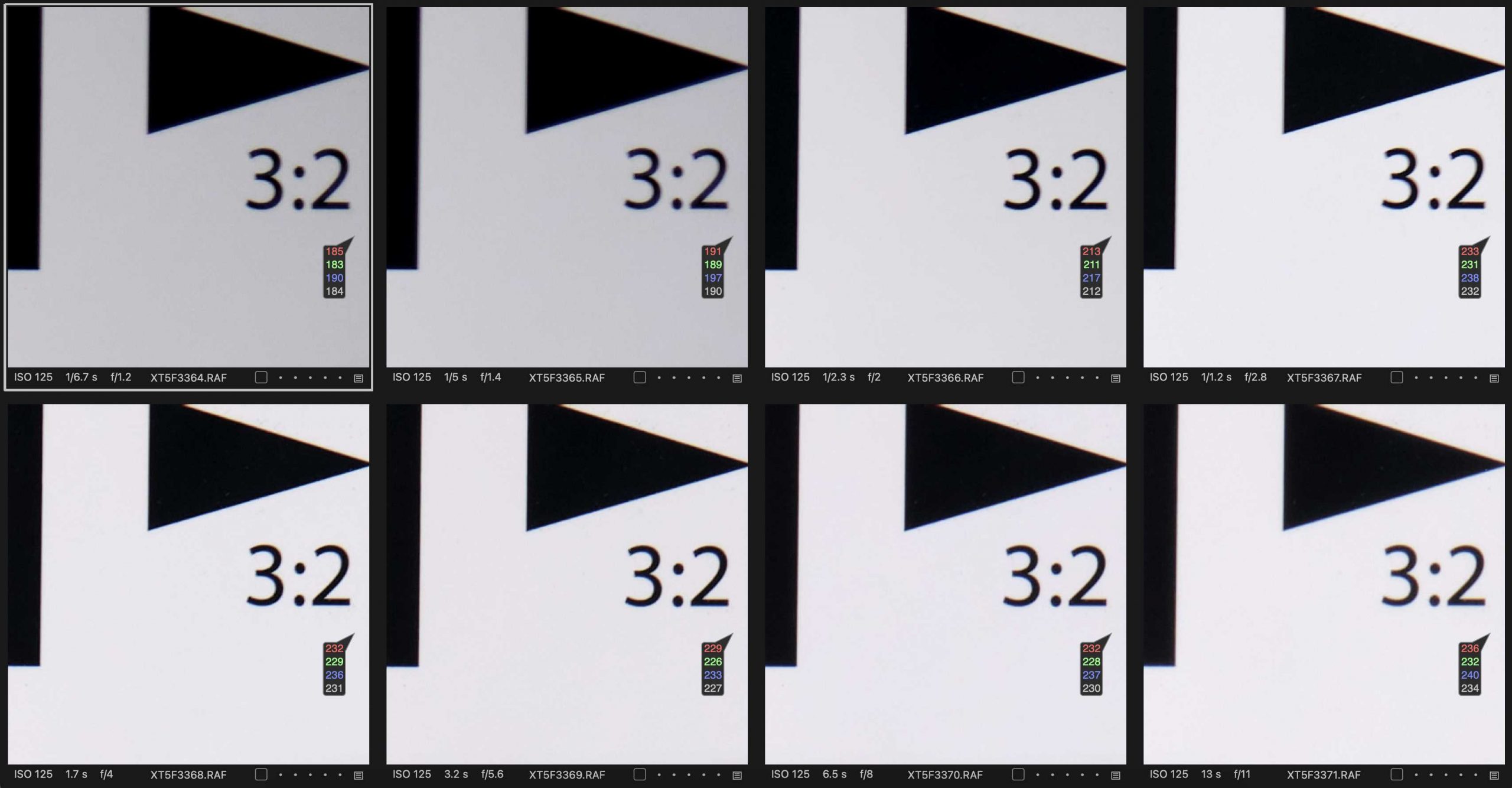
We can see superb performance from F1.2 to F8 in the centre. At F11, diffraction effects come into play. In the corners, performance is already excellent at F1.2 with some slightly added contrast at F2 to F8. Diffraction impacts the corners as expected at F11.
For longer distances, please see the wall comparison below which is at 200% to greatly exaggerate the differences. At 100%, the differences would hardly be noticeable between F1.2 and F8. We see the same performance as the close focus lab test charts above.
Overall, the XF56 Mk2 has superb performance across the board, especially when you consider its compact dimensions.


I’m addicted to bokeh, which is why I have several large aperture lenses. Nothing gets me more excited than a super sharp subject with dreamy and creamy bokeh behind and in front of it. Fujifilm must have a lot of bokeh addicts because they focused on improving the already great bokeh of the previous version.
The XF56 Mk2 now has 11 diaphragm blades in order to achieve round bokeh at small apertures. Throughout the aperture range, the XF56 Mk2 has circular bokeh that’s clean from edge to edge, notwithstanding the cats eyes in the corners at F1.2.
At 100% magnification, you can of course see some of the aperture blades’ shape, but when viewed as a whole, it compares very favourably to its predecessor where hexagonal-shaped bokeh balls were easily visible at F2 onwards. There’s also a huge reduction (not visible except at 100%+ magnification) in the onion ring appearance to the bokeh.
Given the small size, we’d expect there to be some cats eyes to the bokeh in the corners, and we find that it does indeed have that at F1.2, but it cleans up to perfect circles by F2. I like where Fujifilm went with this lens; I’d rather accept some compromises with a small and light lens I’m willing to carry, than having a perfect lens that stays in the cabinet.
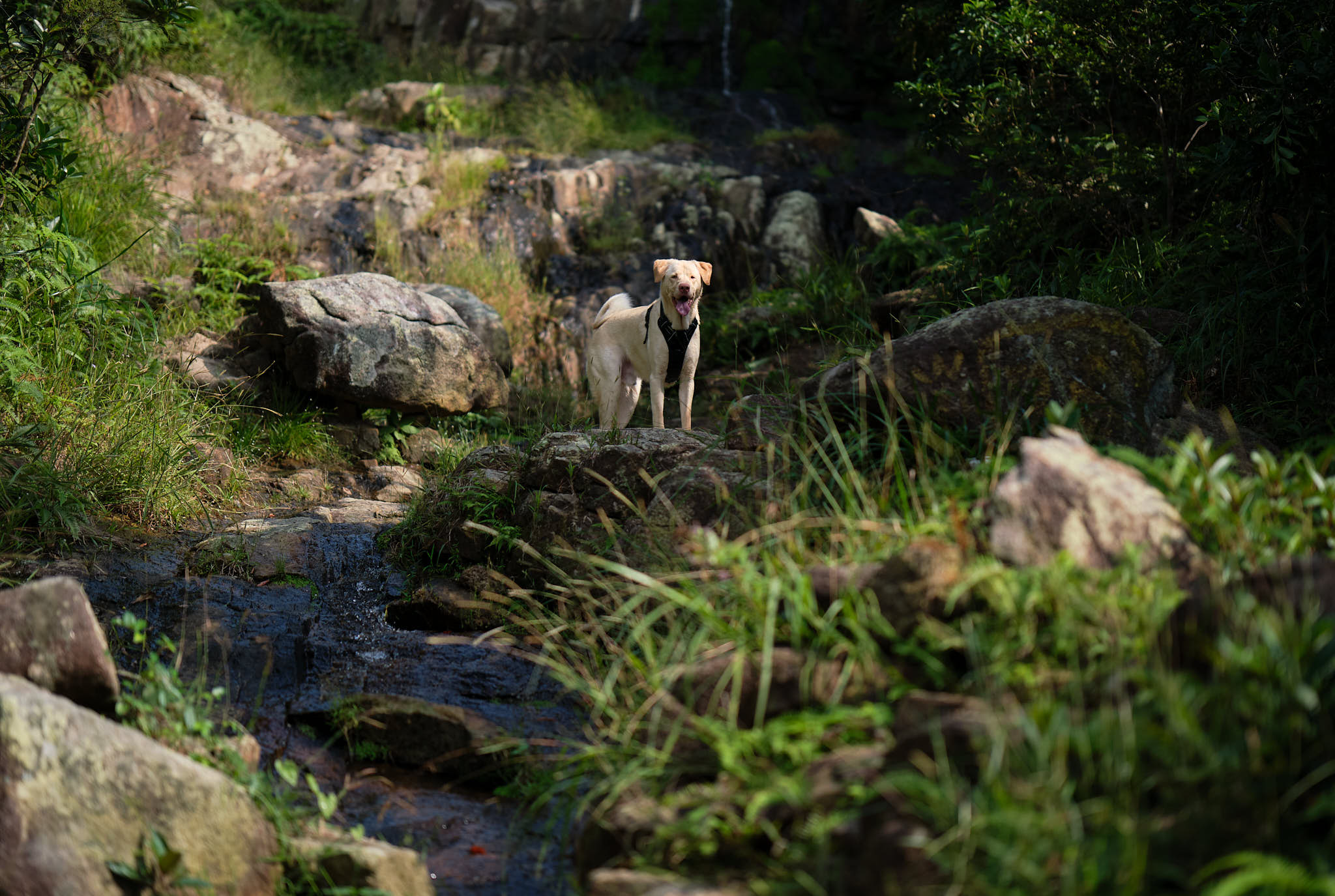
Distortion & Aberrations
Most XF wide aperture lenses tend to be optically corrected, and this lens is no exception. There’s no distortion correction applied within Capture One and you can see from this example, it clearly doesn’t need any.
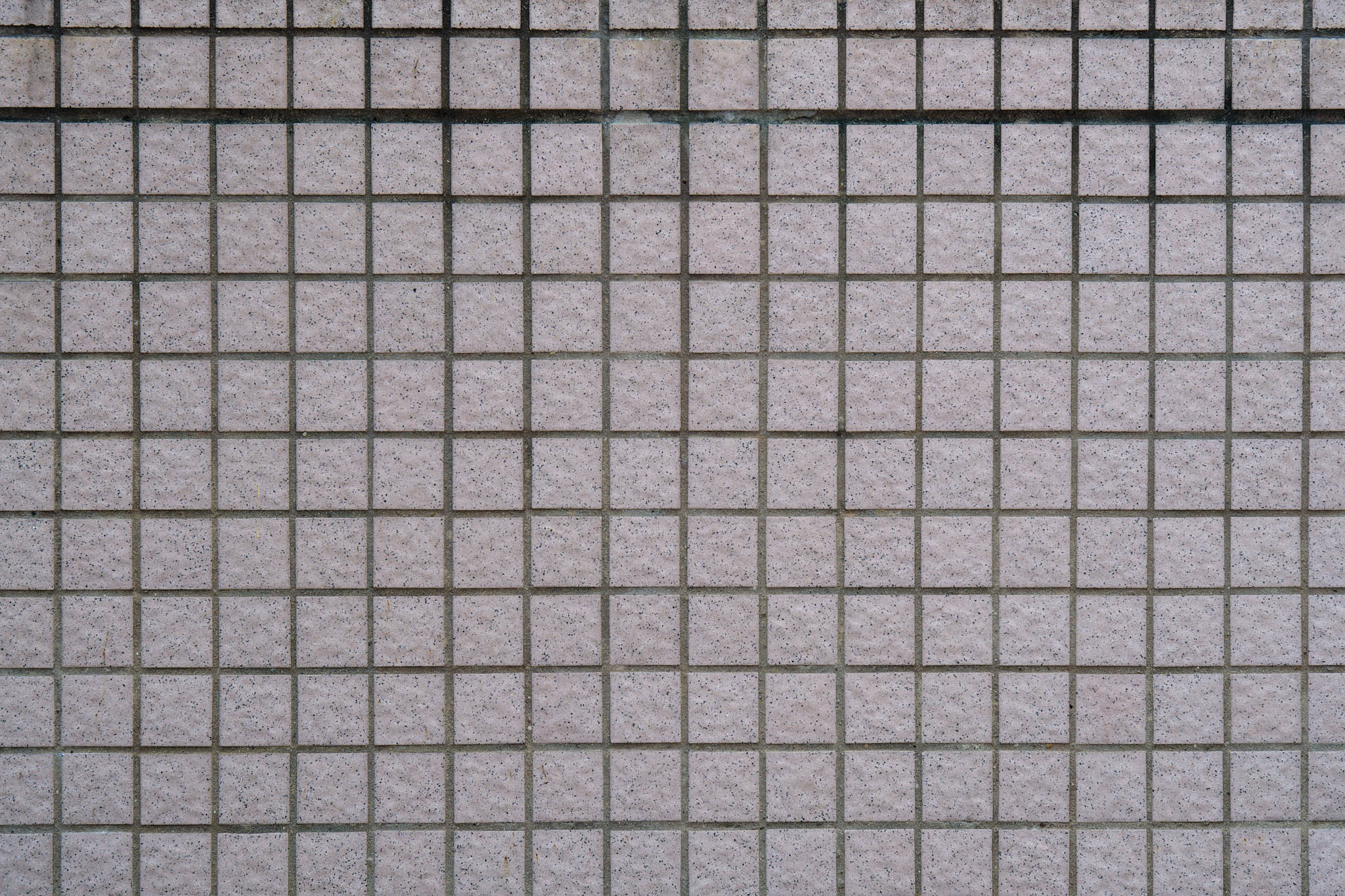
Aberrations are well controlled with little to no fringing. Even at F1.2, high contrast transitions are well controlled with no visible aberrations. Some however may miss the dreamy images of the original XF56, with its usefully cinematic aberrations missing in the new lens at F1.2. I personally prefer the new lens, but I know some will miss the smoothing effect the old lens had on skin imperfections.
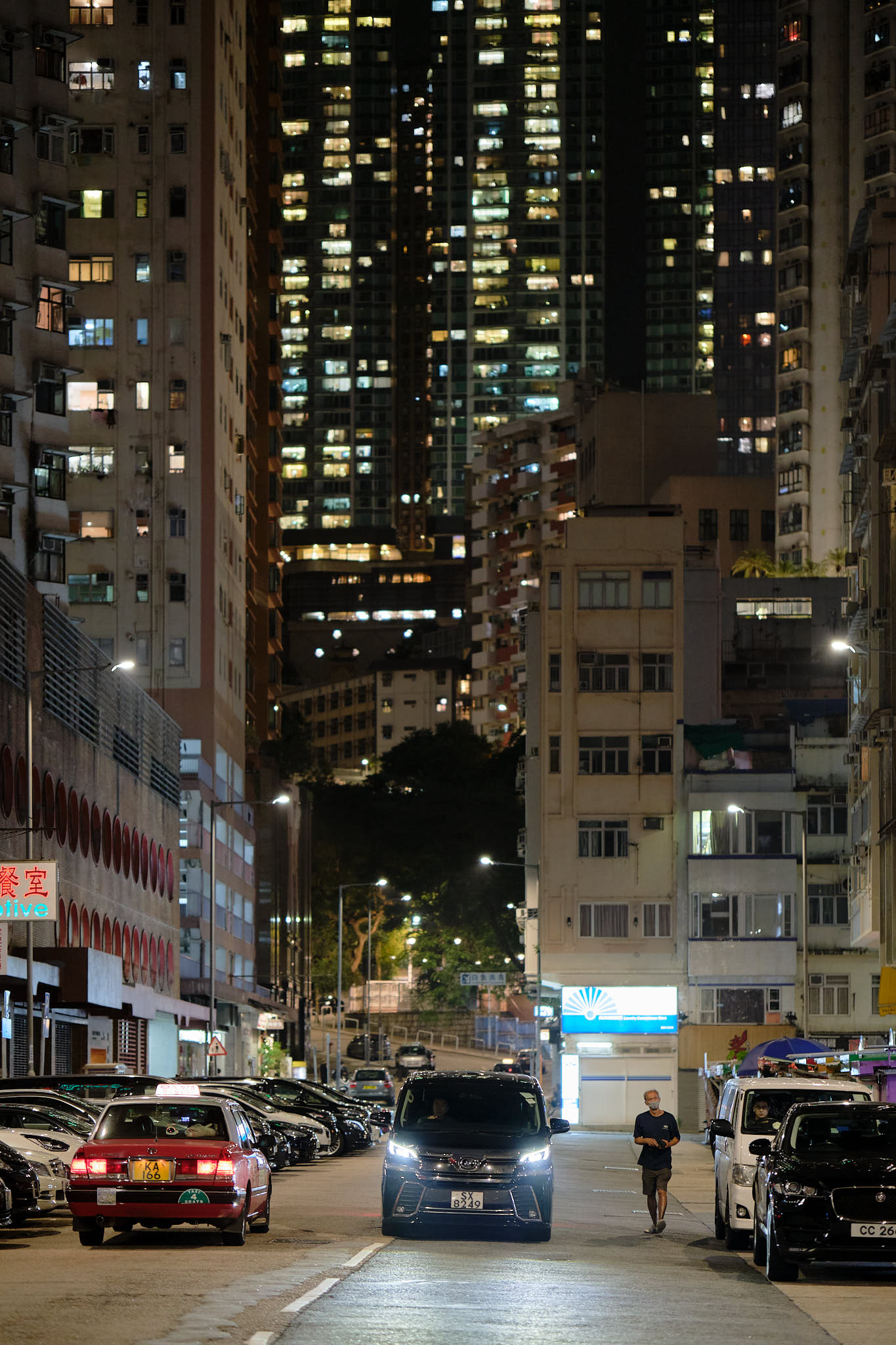
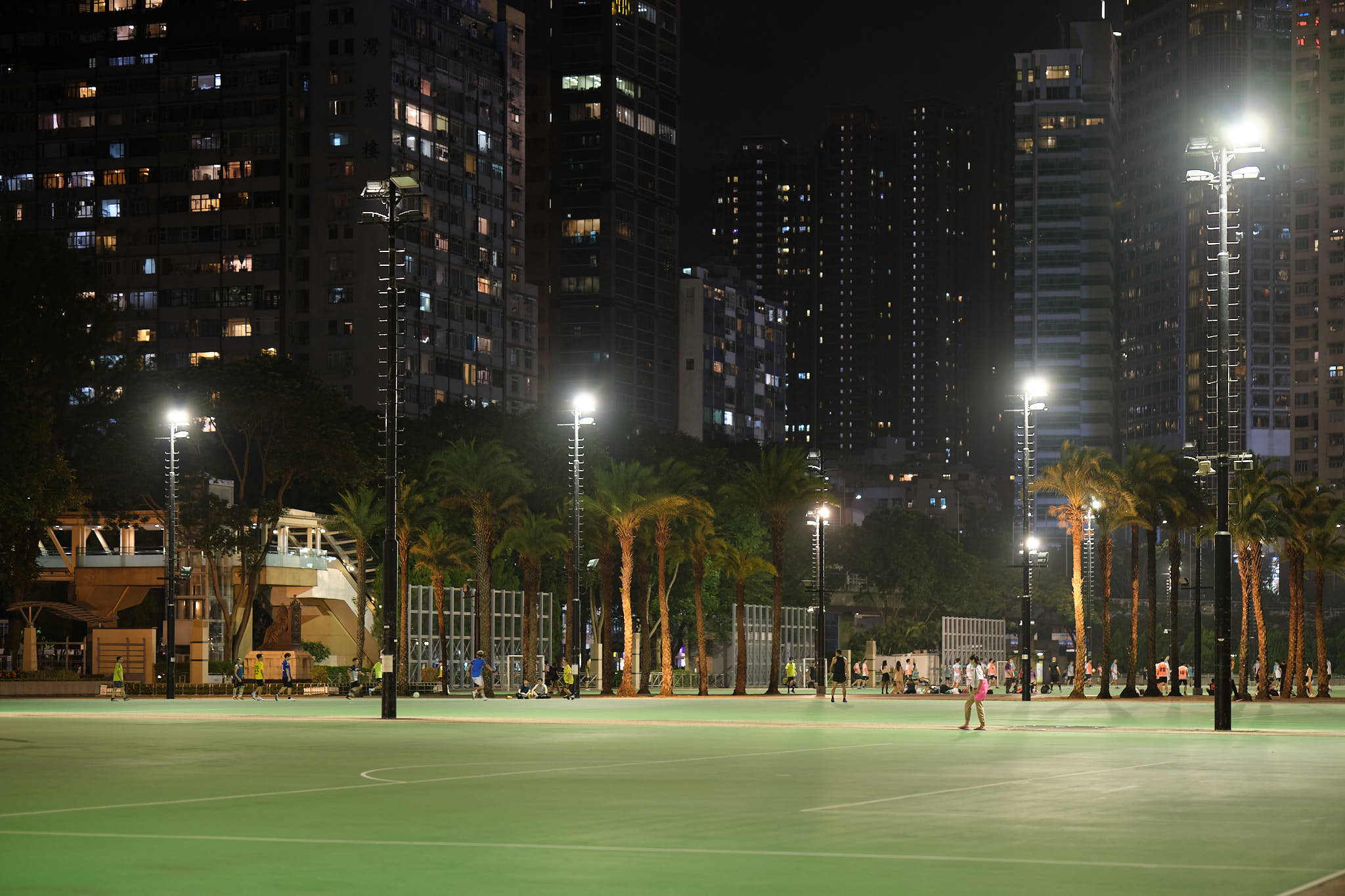
Usability
Even though the XF56 Mk2 is a bit larger in length and diameter, and heavier heavier by 40g, it still remains a svelte little lens. It pairs perfectly with the new X-T5 and would be even better on the larger X-H2/S or X-T4. For X-Pro users, the finder blockage is more than acceptable (realistically, most X-Pro users utilize the EVF anyway).
The improved minimum focus distance of 50CM also makes for a significant improvement in usability. Gone are the days of having to move back across the dinner table to capture your friends’ faces.

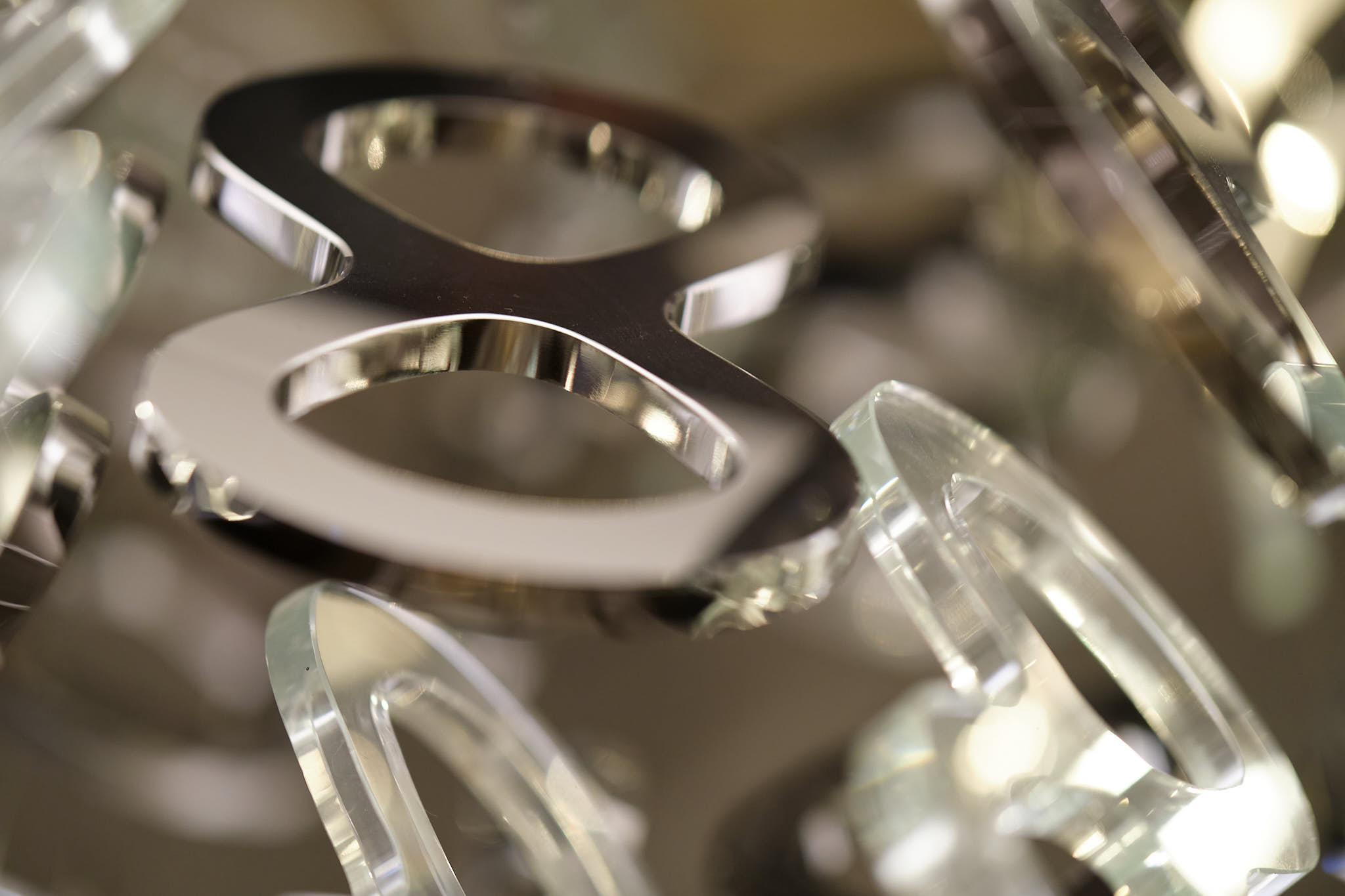
I could easily carry this lens around all day, and did indeed do just that on a recent trip to Vancouver. The only negative is that I don’t like the standard plastic lens hood. I’m waiting for the aftermarket JJC, Haoge or Fujifilm themselves to produce a metal lens hood.
Summary
We all waited a long time for this lens and Fujifilm delivered partially on what we wanted. We got an exceptionally sharp lens, beautiful bokeh, smoother autofocus, all wrapped tightly in a small and lightweight lens.
Given the new XF56 Mk2 replaces the old XF56, it’s a must purchase for any serious X series owner. This, along with the new XF23 WR or XF18 F1.4 WR would make for a perfect two lens travel combination.

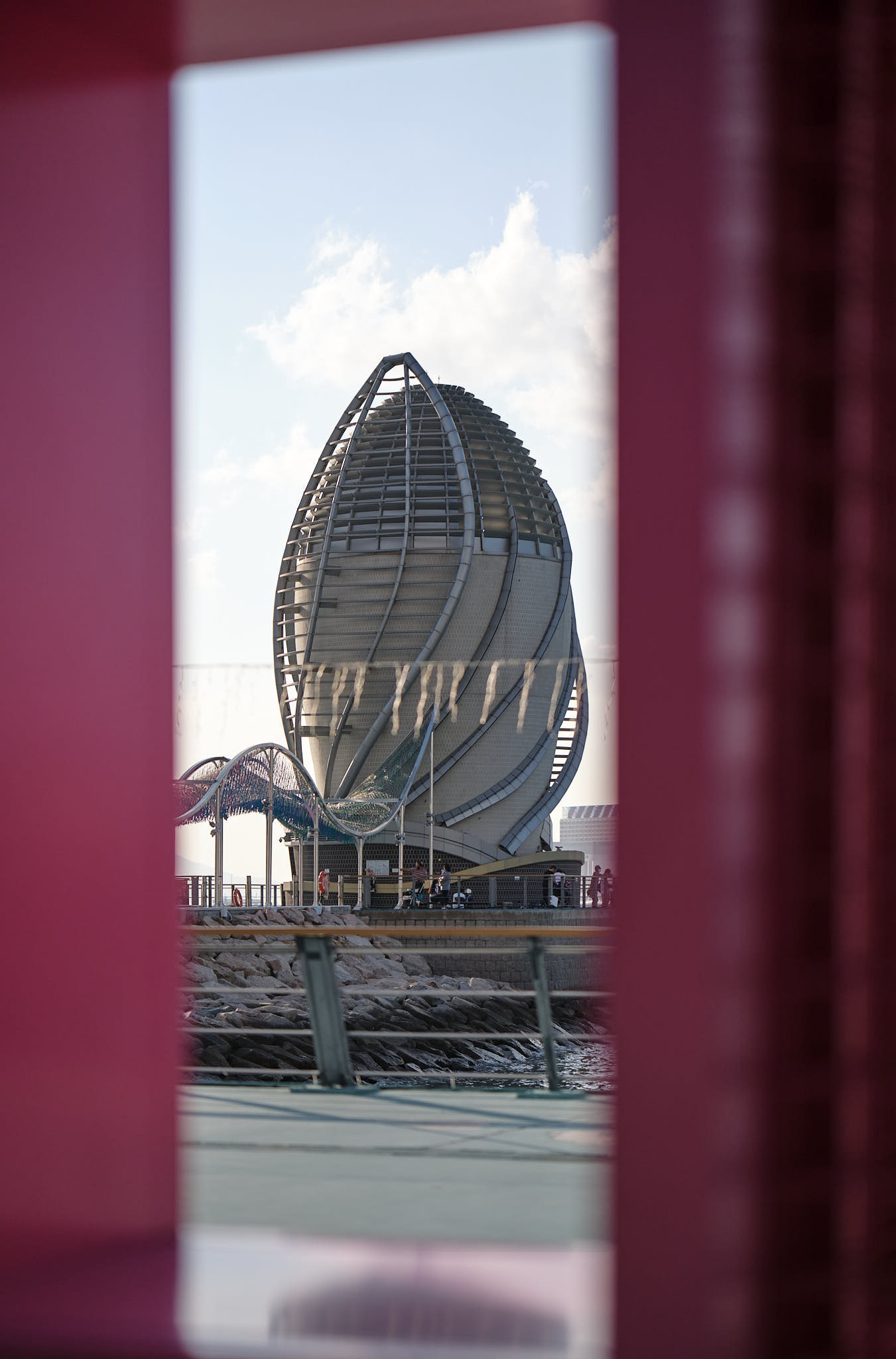
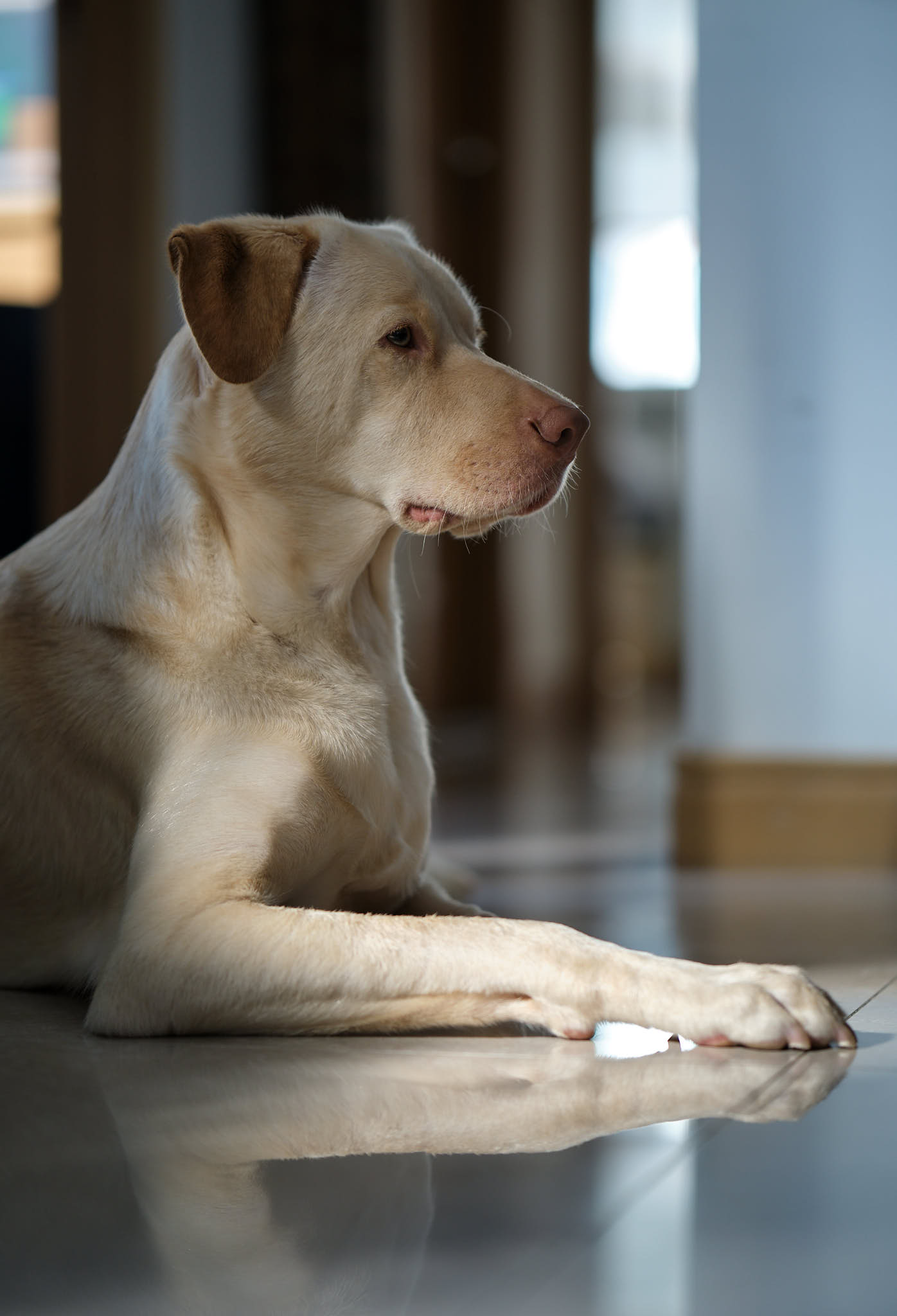
At a recent family reunion, I used the XF56 Mk2 to capture images of my mother and father seated in front of a Christmas tree. With two rows of people, I set the lens at F2 for the single row images and F2.8 for the two row images and came away with some beautiful priceless memories.
I wish Fujifilm had found a way to provide us with a faster focusing mechanism, but there’s no doubt that this is a significantly improved lens compared to its predecessor and worth the upgrade. Let’s hope that a future firmware or hardware update can unlock further performance from this otherwise exceptional lens.
Hope you’ve found this review helpful. Please note the images shared in this review were selected to showcase different apertures and characteristics of the lens, rather than being selected for their artistic value.
Fujinon XF56 F1.2 R WR
USD 999Pros
- Excellent image quality and aberration control even at F1.2
- Small and lightweight with excellent all-metal construction
- Minimum focus distance of 50CM
Cons
- Autofocus is smoother than its predecessor, but not faster
- Autofocus is quieter than its predecessor, but still noisy
- It’s a bit longer, larger diameter and heavier than its predecessor
Discover more from fcracer - Travel & Photography
Subscribe to get the latest posts sent to your email.
